
Phosphate ore can be used for phosphate fertilizer, yellow phosphorus, phosphoric acid and other phosphating products, and plays an important role in national economic and social development. Due to the long-term mining and utilization of rich ore, the consumption and dilution of phosphate rock resources have been accelerated, so it is imperative to develop and utilize low-grade phosphate rock resources.
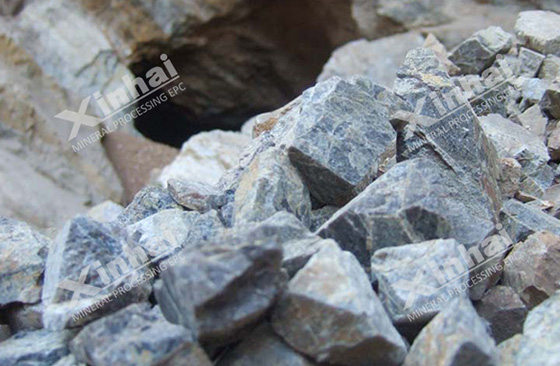
In nature, there are various types of ores, their structures are complex, and the properties of different types of ores are quite different, making the development of ore dressing more difficult. Therefore, it is necessary to determine the beneficiation methods, technological processes and reagent systems of different types of phosphate rocks according to the ore types and properties. According to the content of main gangue minerals siliceous minerals, silicate minerals, carbonate minerals and the characteristics of beneficiation and processing technology in phosphate ore, it can be divided into three types: siliceous and silicate type, carbonate and mixed type. type. The following will introduce the beneficiation technology of these three kinds of phosphate ores.
Carbonate type gum phosphate ore, also known as high magnesium and low phosphate ore, its gangue minerals are mainly dolomite, calcite and other carbonate minerals, the gum phosphate ore content is between 30% -70%, dolomite content is higher than 10%, the content of silicate minerals (quartz, chalcedony and aluminosilicate minerals) is less than 1/3 of the gum phosphate ore content, mainly primary ore.
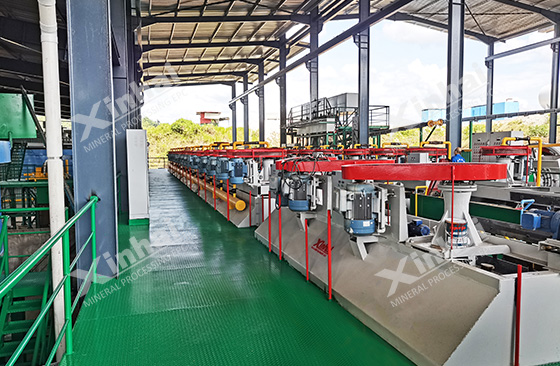
The beneficiation technology of this type of ore focuses on the removal of carbonate gangue minerals such as dolomite and calcite. The main beneficiation methods of this kind of ore are flotation and roasting digestion. As the main method of this kind of ore, the flotation method usually adopts the direct reverse flotation carbonate process, that is, the single reverse flotation process. Derivatives of sulfuric acid, phosphoric acid or phosphorus are used as phosphorus mineral inhibitors and media regulators, and dolomite is floated with anion collectors (fatty acids) in acidic media (pH 4-4.5). The roasting digestion method is to decompose carbonate through high-temperature calcination, and then digest calcium oxide and magnesium oxide with water.
Silica and silicate collophosite, also known as high-silicon and low-magnesium phosphate rock, its gangue minerals are mainly siliceous minerals such as commercial, chalcedony and aluminosilicate minerals. The total content of these gangue minerals is more than 25%, the content of dolomite is less than 3%, and the content of collophosite is 35%-75%.
The beneficiation of this type of ore focuses on the removal of quartz and silicate gangue minerals. The main beneficiation methods are scrubbing and desliming, flotation or heavy-flotation combined beneficiation. Scrubbing and desliming are mainly suitable for beneficiation of low-magnesium weathered rich ore. Flotation is the main method to deal with this kind of medium and low grade phosphate rock, often using direct positive flotation or direct reverse flotation process.
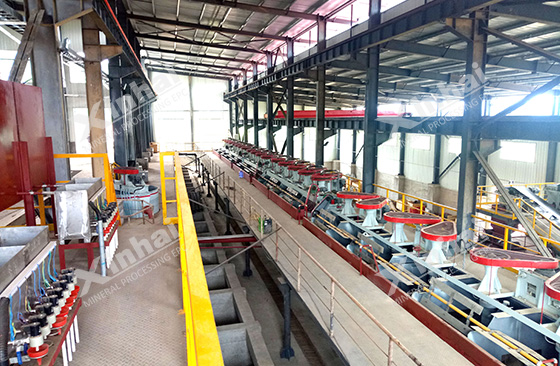
(1) Direct positive flotation often uses water glass, sodium carbonate, tannin, etc. as inhibitors and medium regulators for quartz and silicate. In alkaline medium, the pH value is 9.5-10.5, and phosphorus minerals are floated with anion collectors such as fatty acids.
(2) Direct reverse flotation uses sulfuric acid, phosphoric acid and phosphorus derivatives as phosphorus mineral inhibitors and medium regulators. In acidic medium, the pH value is 5-5.5, using cationic collectors such as amines for reverse flotation of silicon.
The gravity-flotation combined beneficiation is to carry out gravity separation first, and then use a classifier to carry out classification and desliming to discard the slime and tailings to obtain the rougher concentrate. The rougher concentrate is subjected to direct positive flotation or direct reverse flotation.
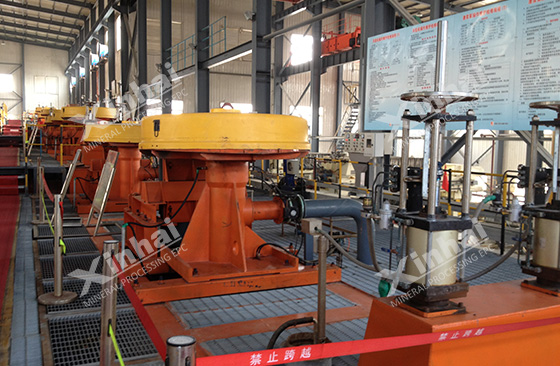
Mixed colloid ore, also known as silicon-calcareous phosphate ore, has a content of 30%-70% in colloid ore, and the main gangue minerals are dolomite, quartz, chalcedony, sericite, illite and limonite, etc. In addition, it also contains a small amount of aluminosilicate minerals such as muscovite, kaolinite, montmorillonite, feldspar, and heavy metal minerals such as zircon. The gangue mineral content is between siliciphosphorite and calcareous phosphorite.
The beneficiation of this type of ore focuses on the removal of silicon and magnesium. Commonly used beneficiation methods are scrubbing desliming, flotation and gravity-flotation combined beneficiation. Scrubbing and desliming beneficiation technology is mainly applicable to low-magnesium weathered rich ore. Flotation is the main method for this type of low-grade phosphate rock, mainly including direct-reverse flotation, reverse-direct flotation, double-reverse flotation and other beneficiation processes.
The forward-reverse flotation process uses water glass-sodium carbonate, starch, sodium hexametaphosphate, etc. as quartz and silicate inhibitors and medium regulators. Phosphorus minerals are floated with fatty acid anion collectors in alkaline medium, siliceous gangue is removed, and foam concentrate rich in phosphorus minerals is obtained. Add sulfuric acid, phosphoric acid and phosphorus derivatives as phosphorus mineral inhibitors, use fatty acid anion collectors in acidic medium to reverse flotation magnesium, remove magnesia gangue, and obtain high-quality products with low magnesium oxide and silicon dioxide content. Phosphate concentrate.
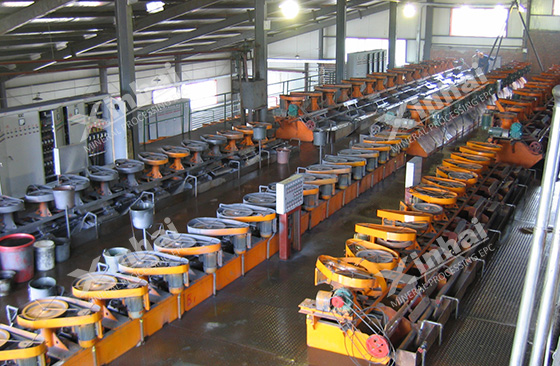
Double reverse flotation process: the first step is to add sulfuric acid, phosphoric acid and phosphorus derivatives as phosphorus mineral inhibitors and medium regulators, use fatty acid anion collectors in acidic medium to reverse flotation magnesium, and remove magnesium veins ore to obtain rough concentrate in the tank rich in phosphorus minerals and siliceous gangue. Maintain an acidic medium, reverse flotation silicon in cationic collectors such as amines, remove siliceous gangue, and obtain high-quality phosphorus concentrate with low magnesium oxide and silicon dioxide content.
The above are the beneficiation technologies of three kinds of colloidal phosphate ore. Different beneficiation techniques are applied to different types of phosphate rock. When choosing a suitable phosphate ore beneficiation process, it is necessary to understand the characteristics of the ore itself. Xinhai Mining recommends that the beneficiation test and analysis be carried out to facilitate the design of the subsequent phosphate ore beneficiation plan and equipment production. Xinhai Mining can design beneficiation process and equipment according to ore characteristics, welcome to consult.
To find out more about our products and solutions, please fill out the form below and one of our experts will get back to you shortly.